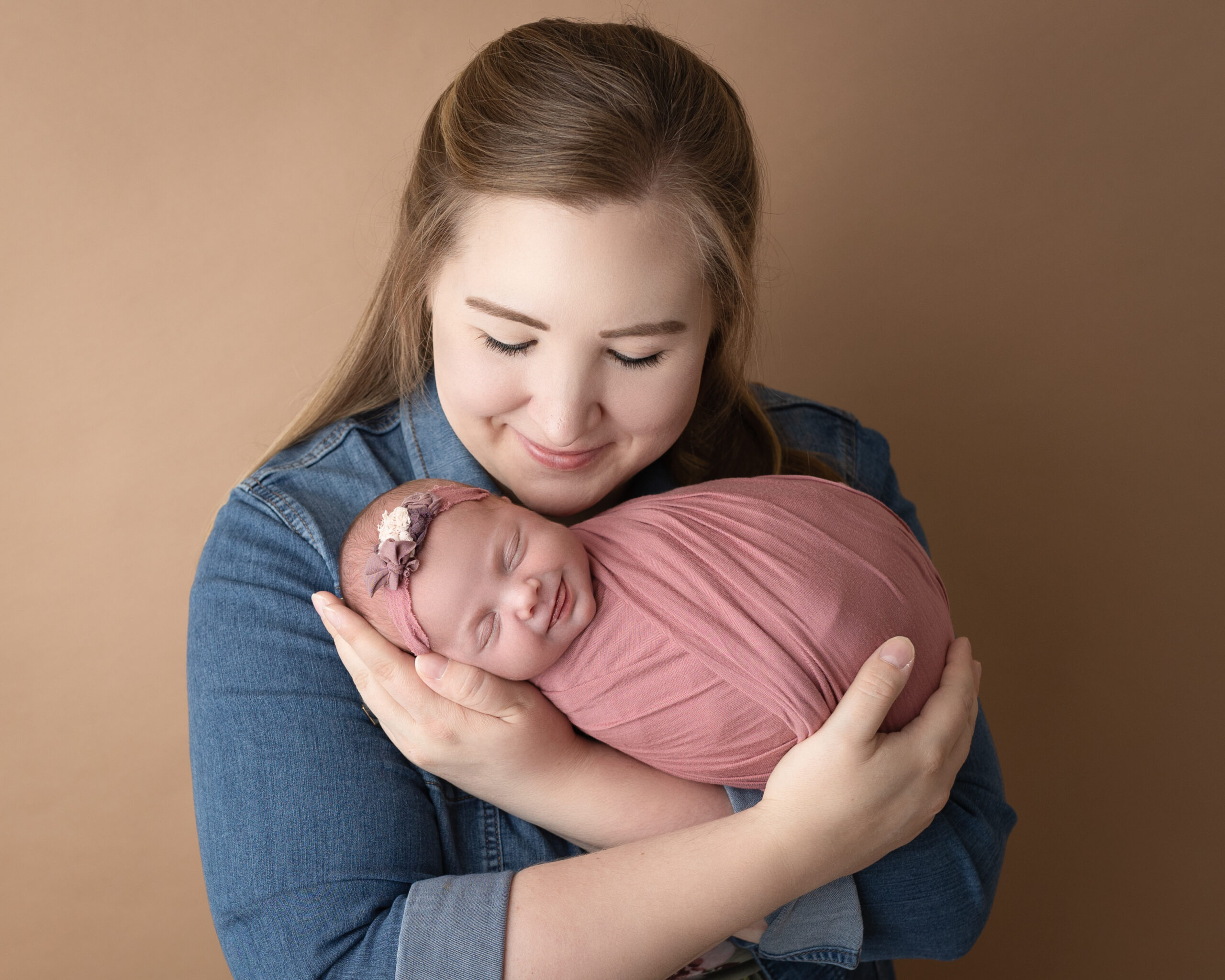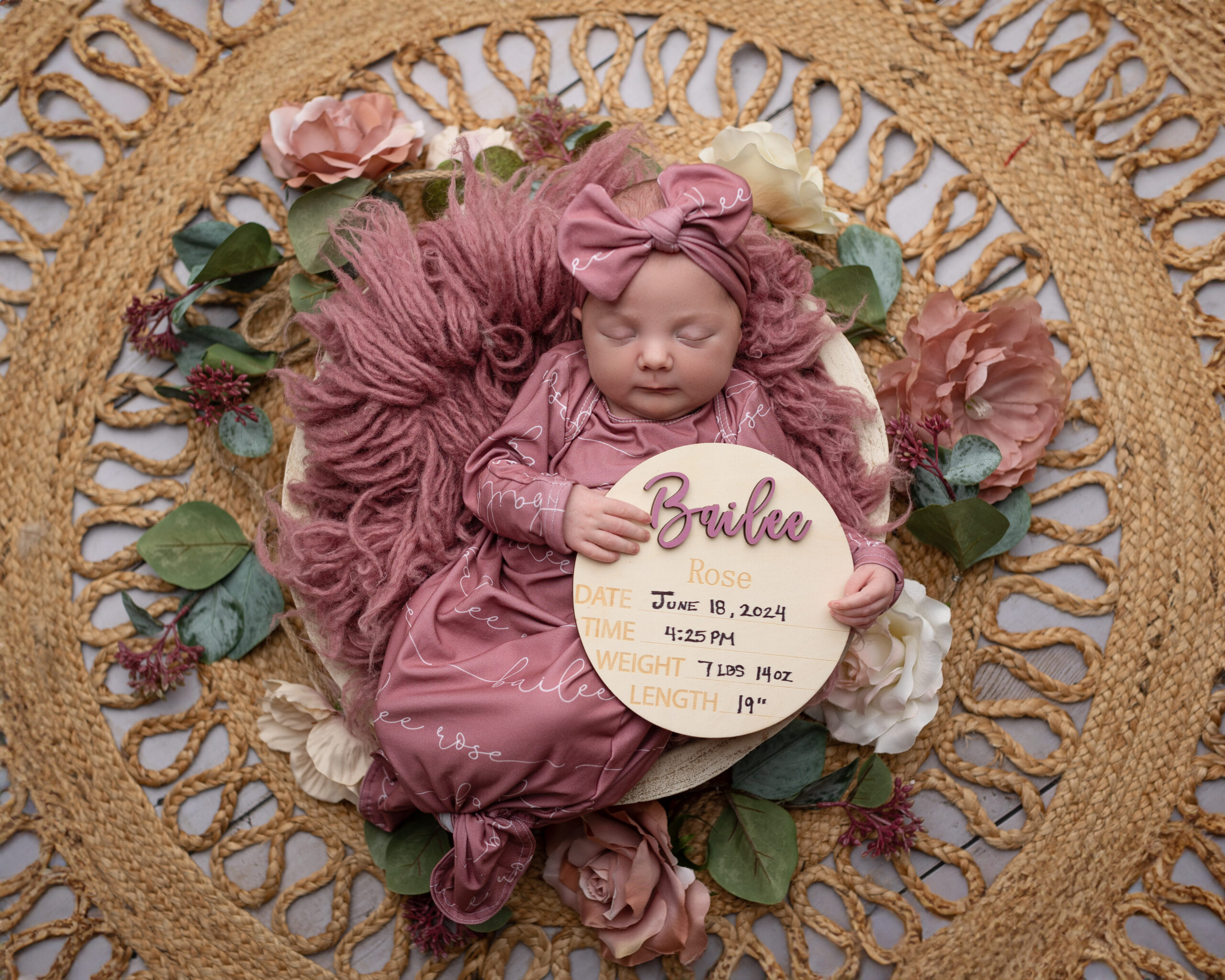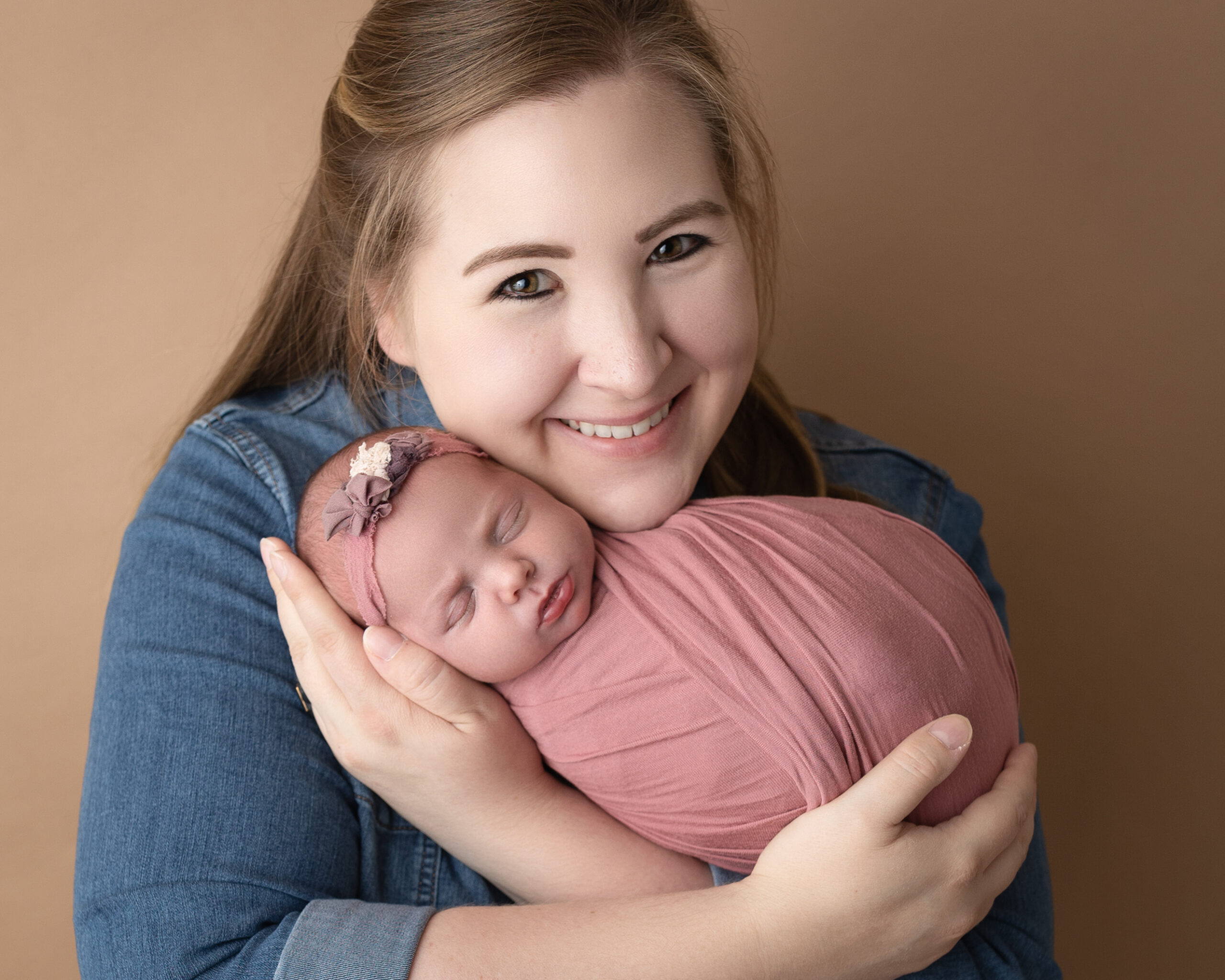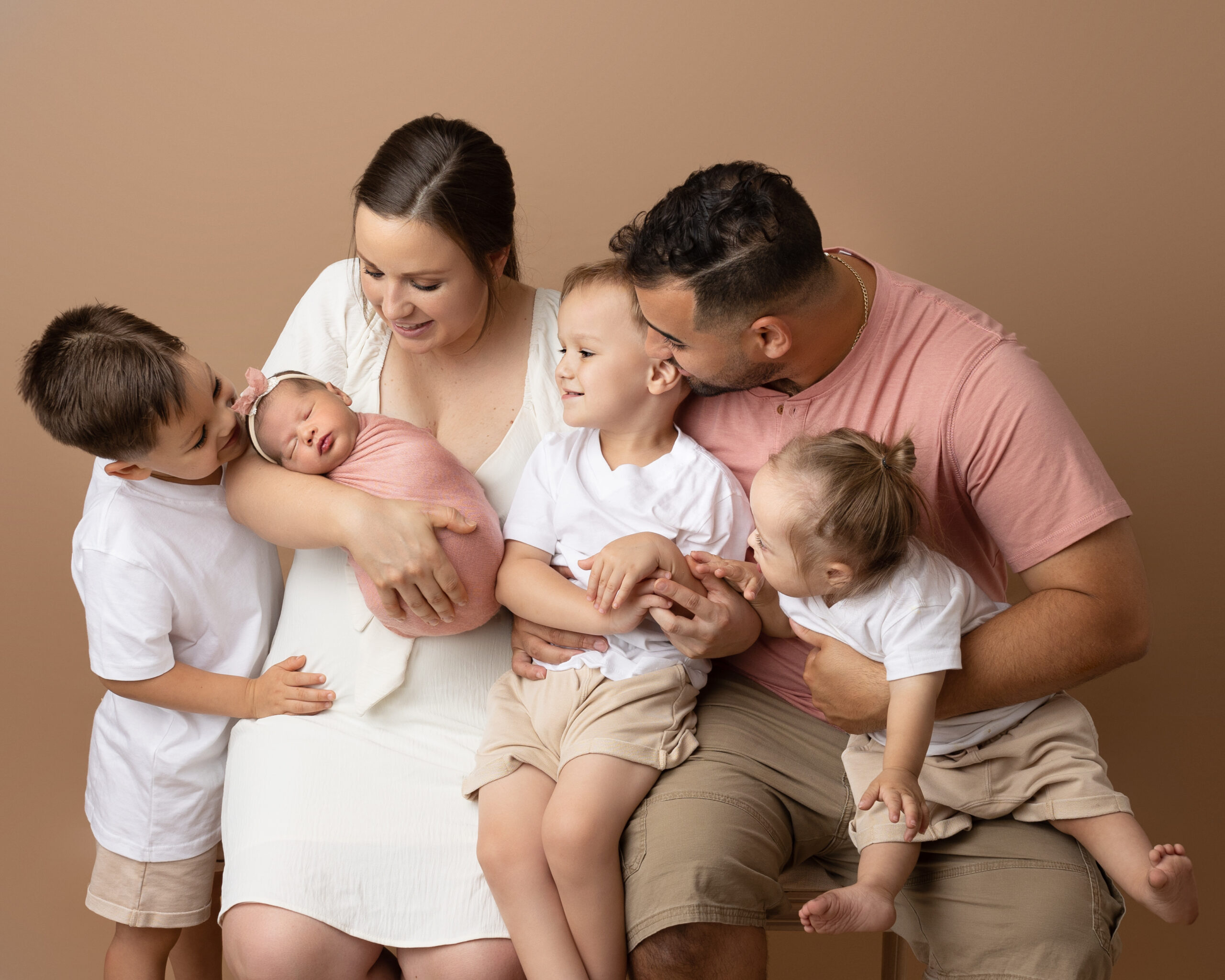Ensuring a safe sleep environment for newborns is one of the most crucial aspects of early parenthood. As a new parent, you have a lot to consider when setting up your baby’s sleep area. It is also essential that you get it right to ensure your baby sleeps soundly and safely. In this article, I will guide you through the essential steps to creating a secure and comfortable sleep environment for your newborn.
Understanding Safe Sleep Guidelines
Creating a safe sleep environment for newborns involves adhering to specific guidelines that significantly reduce the risk of sleep-related incidents, such as Sudden Infant Death Syndrome (SIDS). Safe sleep practices are designed to protect your baby from potential hazards and provide a comfortable, secure space for rest.
One of the key components of a safe sleep environment for newborns is ensuring that your baby sleeps on their back. This position has been shown to dramatically reduce the risk of SIDS. It’s essential to avoid placing your baby on their stomach or side, as these positions are associated with a higher risk of sleep-related incidents. Despite popular myths, there is no evidence that sleeping on the back causes choking.
Essential Elements of Creating a Safe Sleep Environment for Newborns
Following this guideline is fundamental in creating a safe sleep environment for newborns
- Choose the Right Sleep Surface or Crib
Selecting the right crib is a critical aspect of establishing a safe sleep environment for newborns. The crib should meet current safety standards and certifications. Look for cribs that have no loose or missing parts and ensure they have a firm, flat mattress that fits snugly without gaps. This helps prevent potential hazards and ensures a stable, secure sleeping surface for your baby.
- Keep the Sleep Area Free of Hazards
Another crucial component of a safe sleep environment for newborns is keeping the sleep area free of hazards. Remove any items from the crib that could pose a risk, such as loose blankets, pillows, toys, or bumper pads. These items can lead to suffocation or entrapment. Ensure there are no gaps between the mattress and the crib sides where your baby could become trapped.
- Room Temperature and Ventilation
Maintaining an appropriate room temperature and ensuring proper ventilation are key factors in creating a safe sleep environment for your baby. The room should be comfortably cool, ideally between 68-72°F (20-22°C). Avoid overheating by dressing your baby in light layers and using a sleep sack instead of blankets. Ensure the room is well-ventilated to provide fresh air and reduce the risk of overheating.
- Choose Safe Sleepwear
Choosing the appropriate sleepwear is important. You can opt for lightweight, breathable fabrics and avoid overdressing your baby. A wearable blanket or sleep sack is a great alternative to loose blankets, providing warmth while reducing the risk of suffocation or overheating.
- Ensure Safe Co-Sleeping Practices
If you choose to co-sleep with your baby, following safe co-sleeping practices is essential to ensure a safe sleep environment for newborns. Use a co-sleeper or bedside bassinet that attaches securely to the side of your bed, allowing your baby to sleep close to you while maintaining a separate sleeping space.
Final Thoughts
By following the recommended guidelines and practices, you can provide a secure, comfortable space that supports safe sleep habits. Remember that consistency and vigilance are key to maintaining a safe sleep environment as your baby grows and changes.
Looking to capture those precious first moments with your newborn? Send me a DM today to book your newborn photography session.
Additional Resources



